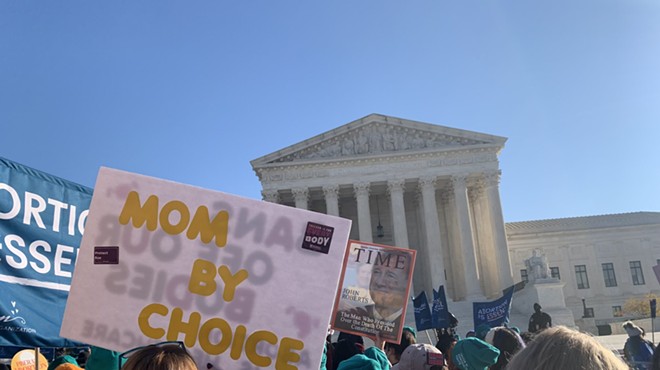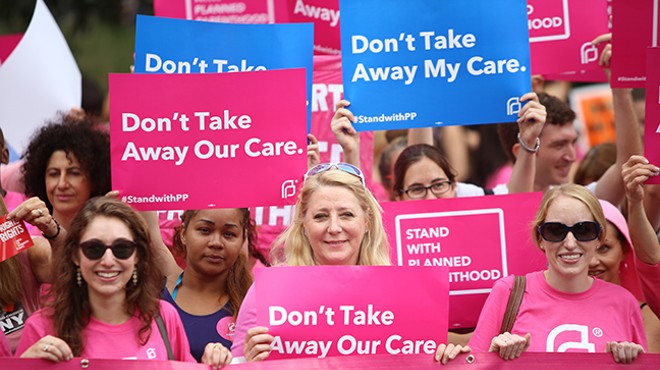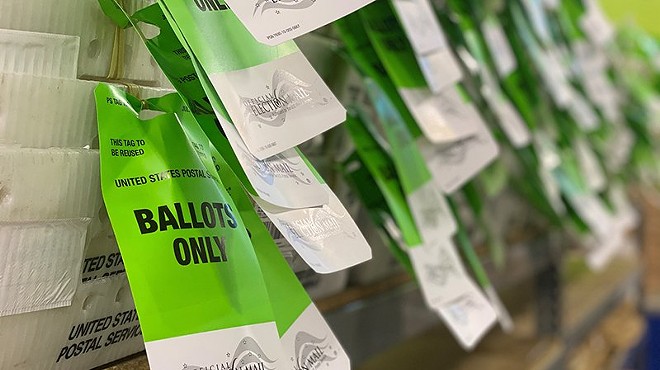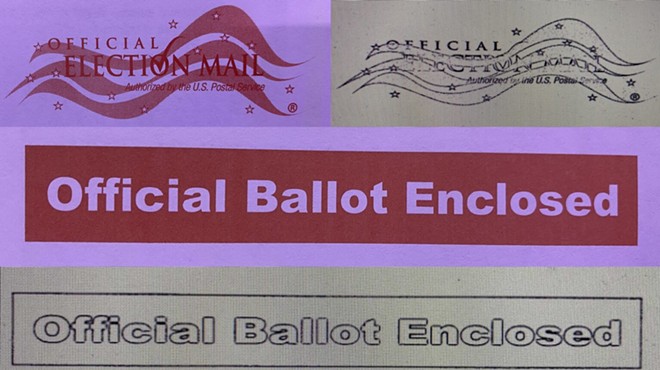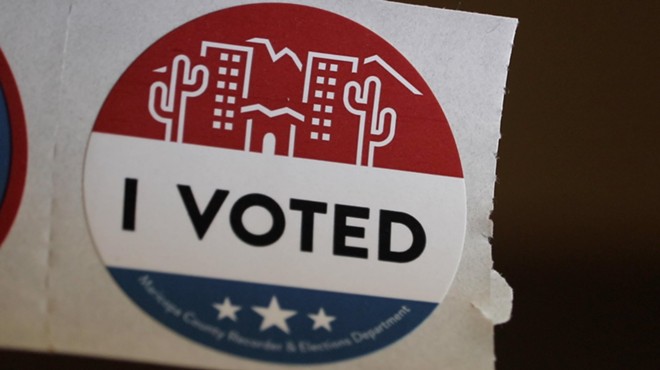Monday, August 15, 2016
Want To Be a Top High School? Better Not Have Too Many Low Income Students.
Newsweek published its 2016 America's Top High Schools listings. I'm not a fan of these things. Their criteria are usually questionable, and they favor schools in high rent districts, making it look like those schools are doing a better job educating their students than schools in low rent districts. But this one is more interesting than most because it has two lists: one just considering student achievement and the other factoring in students' economic status.
Let's start local. University High is in 30th place on the Newsweek list. It's the second ranked Arizona school, below Tempe Preparatory Academy in 15th place. The only other Tucson-area school on the list is Catalina Foothills High, which came in 310th.
What, no BASIS schools, which do so well on the U.S. News & World Report Best High Schools List? Nope, not here. The reason is, Newsweek asks for the percentage of students on free or reduced lunch, and since BASIS doesn't provide lunch for its students, it couldn't provide the information.
Newsweek's listings include the percent of students on free or reduced lunch for each school, which adds a side order of economic reality to the menu. What you learn from those numbers is, low income and high rankings don't mix. Only one school in the top 50 has more than half of its students on free/reduced lunch, and that school is at 50.8 percent. A total of four schools topping 50 percent make it into the top 100. University High, with 16.4 percent on free/reduced lunch, isn't one of the four.
My favorite part of the Newsweek's listings is its Beating the Odds 2016 list, which factors in the percentage of low income students in the schools. As you might expect, the list is wildly different from the original Top High Schools list.
Most of the top ten from the Top High Schools list drop way down in the Beating the Odds list. Only two of them make the new top ten. They're replaced by some schools that didn't do so well on the other list. The new Number 8, for instance, was 321 on the Top High Schools list. Numbers 9 and 10 didn't even break into the Top 500 on the other list — and they're not alone. Among the Top 50 Beating the Odds schools, eleven schools didn't score high enough to make it into the earlier Top 500.
University High, by the way, falls to Number 48 on the Beating the Odds list. Tempe Preparatory Academy, which has 10.5 percent of its students on free/reduced lunch, topples much further, to Number 90. Not surprisingly, Catalina Foothills High falls off the list entirely.
I've written many times that school achievement rankings are intimately linked to parents' incomes, so the Newsweek lists confirm what I already knew, but I was surprised by what I saw all the same. I always hope to find a number of schools with low income students breaking the mold and climbing to the top of the pack academically, but it rarely happens. On the rare occasion schools with a significant number of students on free/reduced lunch score especially well academically, they're usually highly selective schools like University High, or Manhattan's Stuyvesant High, or Brooklyn Technical High.
People in Arizona who think it makes sense to give "high performing schools" more money because of the mistaken notion that those schools are doing a better job than schools with lower test scores and higher percentages of low income kids should take a look at the two Newsweek lists. They just might learn something.
BONUS Scatterplot Diagram from Connecticut: Newsweek published a paper on the methodology it used for its listing, and it includes a discussion of how the rankings changed when the percentage of students on free/reduced lunch was factored in. As an example, it shows how Connecticut schools did in the initial scoring compared to their free/reduced lunch percentage. Check out how closely achievement rankings and free/reduced lunch numbers match up.
Let's start local. University High is in 30th place on the Newsweek list. It's the second ranked Arizona school, below Tempe Preparatory Academy in 15th place. The only other Tucson-area school on the list is Catalina Foothills High, which came in 310th.
What, no BASIS schools, which do so well on the U.S. News & World Report Best High Schools List? Nope, not here. The reason is, Newsweek asks for the percentage of students on free or reduced lunch, and since BASIS doesn't provide lunch for its students, it couldn't provide the information.
Newsweek's listings include the percent of students on free or reduced lunch for each school, which adds a side order of economic reality to the menu. What you learn from those numbers is, low income and high rankings don't mix. Only one school in the top 50 has more than half of its students on free/reduced lunch, and that school is at 50.8 percent. A total of four schools topping 50 percent make it into the top 100. University High, with 16.4 percent on free/reduced lunch, isn't one of the four.
My favorite part of the Newsweek's listings is its Beating the Odds 2016 list, which factors in the percentage of low income students in the schools. As you might expect, the list is wildly different from the original Top High Schools list.
Most of the top ten from the Top High Schools list drop way down in the Beating the Odds list. Only two of them make the new top ten. They're replaced by some schools that didn't do so well on the other list. The new Number 8, for instance, was 321 on the Top High Schools list. Numbers 9 and 10 didn't even break into the Top 500 on the other list — and they're not alone. Among the Top 50 Beating the Odds schools, eleven schools didn't score high enough to make it into the earlier Top 500.
University High, by the way, falls to Number 48 on the Beating the Odds list. Tempe Preparatory Academy, which has 10.5 percent of its students on free/reduced lunch, topples much further, to Number 90. Not surprisingly, Catalina Foothills High falls off the list entirely.
I've written many times that school achievement rankings are intimately linked to parents' incomes, so the Newsweek lists confirm what I already knew, but I was surprised by what I saw all the same. I always hope to find a number of schools with low income students breaking the mold and climbing to the top of the pack academically, but it rarely happens. On the rare occasion schools with a significant number of students on free/reduced lunch score especially well academically, they're usually highly selective schools like University High, or Manhattan's Stuyvesant High, or Brooklyn Technical High.
People in Arizona who think it makes sense to give "high performing schools" more money because of the mistaken notion that those schools are doing a better job than schools with lower test scores and higher percentages of low income kids should take a look at the two Newsweek lists. They just might learn something.
BONUS Scatterplot Diagram from Connecticut: Newsweek published a paper on the methodology it used for its listing, and it includes a discussion of how the rankings changed when the percentage of students on free/reduced lunch was factored in. As an example, it shows how Connecticut schools did in the initial scoring compared to their free/reduced lunch percentage. Check out how closely achievement rankings and free/reduced lunch numbers match up.
Tags: Newsweek , 2016 America's Top High Schools , University High School



